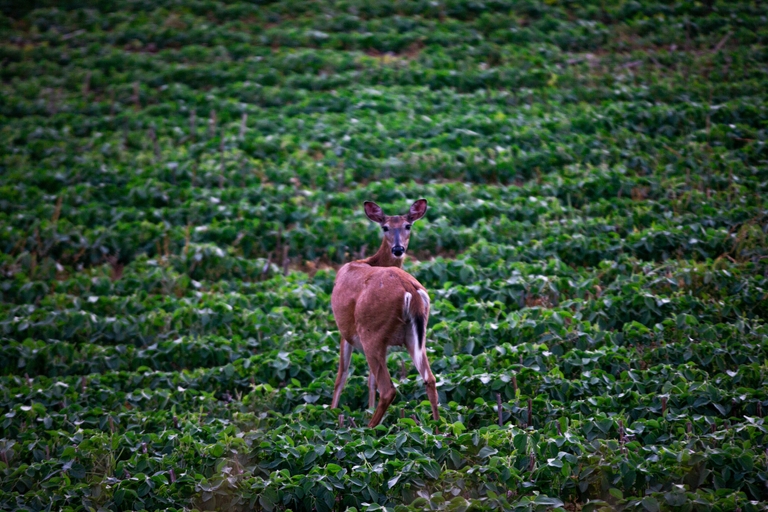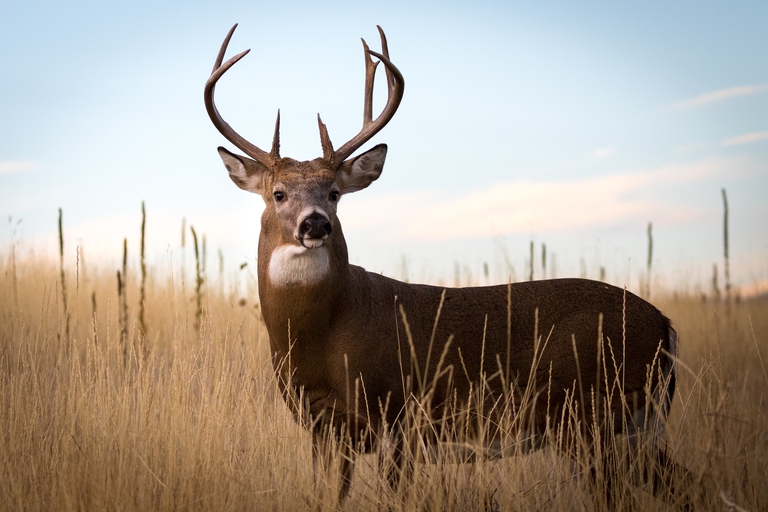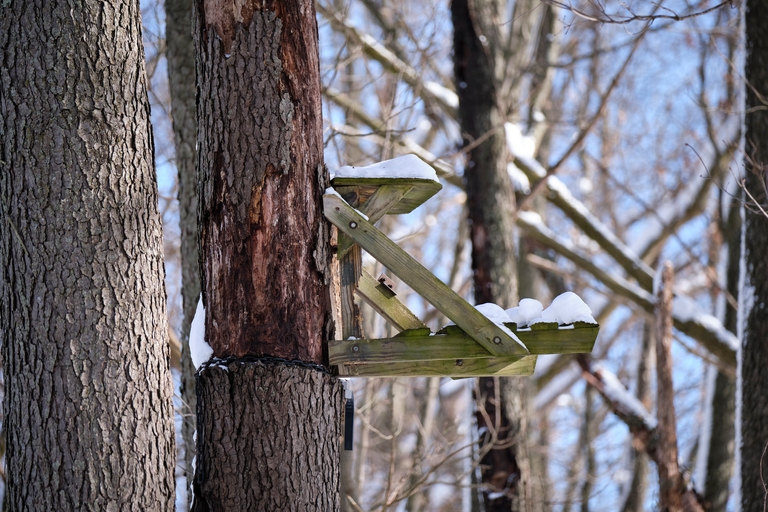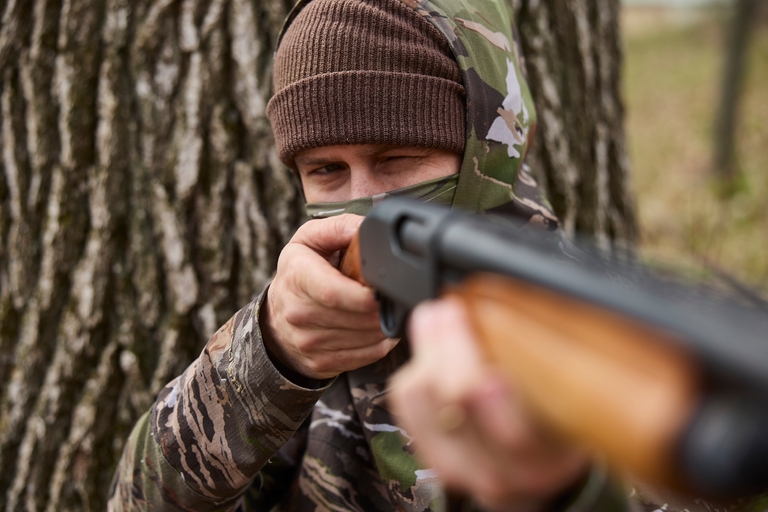How Does a Cellular Trail Camera Work?
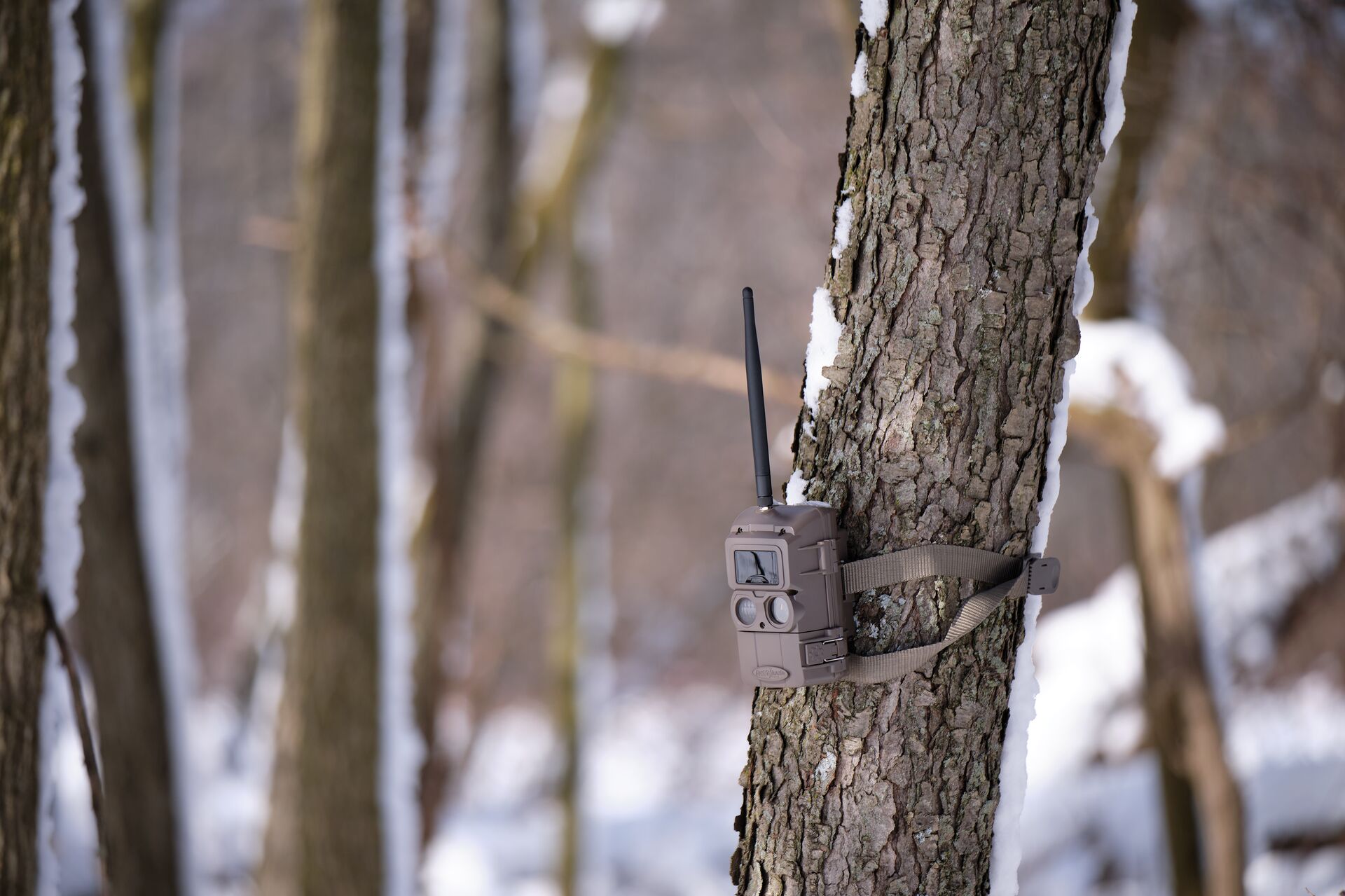
Trail cameras are self-contained wildlife cameras that use motion-sensing technology to photograph animals in their natural environment. Batteries power them, and the infrared sensor captures anything that enters the device's range.
Cellular trail cams take the traditional trail cam concept to the next level. They use cellular networks to transmit video and photos directly to your device, such as a smartphone, tablet, or computer. This tech allows hunters and wildlife enthusiasts to watch animal movements in real time while minimizing the disruption to the natural environment by not having to retrieve the SIM card.
This blog looks at everything you need to know about the functionality of a cellular trail camera, helping you prepare for your next hunt and find the ultimate hunting location.
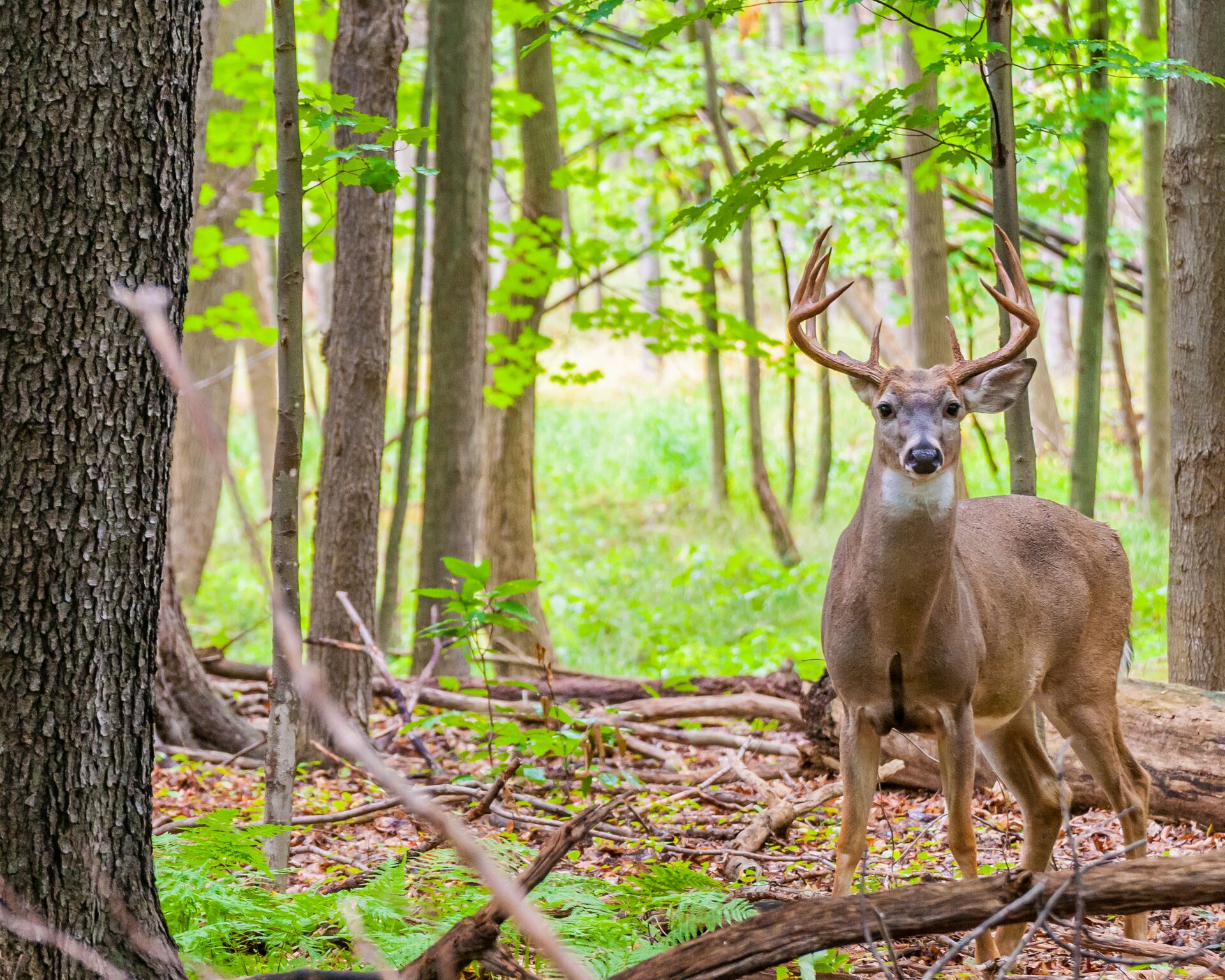
Understanding Trail Cameras
Trail cameras are battery-run and capture images using infrared LED technology. Many modern trail cameras use Passive Infrared Sensors (PIR), which trigger the shutter and allow the camera to take photographs or short videos when the temperature changes.
The heat-detection motion season triggers the camera to capture any movement, and the infrared will glow, capturing images at night (in black and white).
Images are then stored on a memory card until capacity is reached or the trail cam's battery runs out.
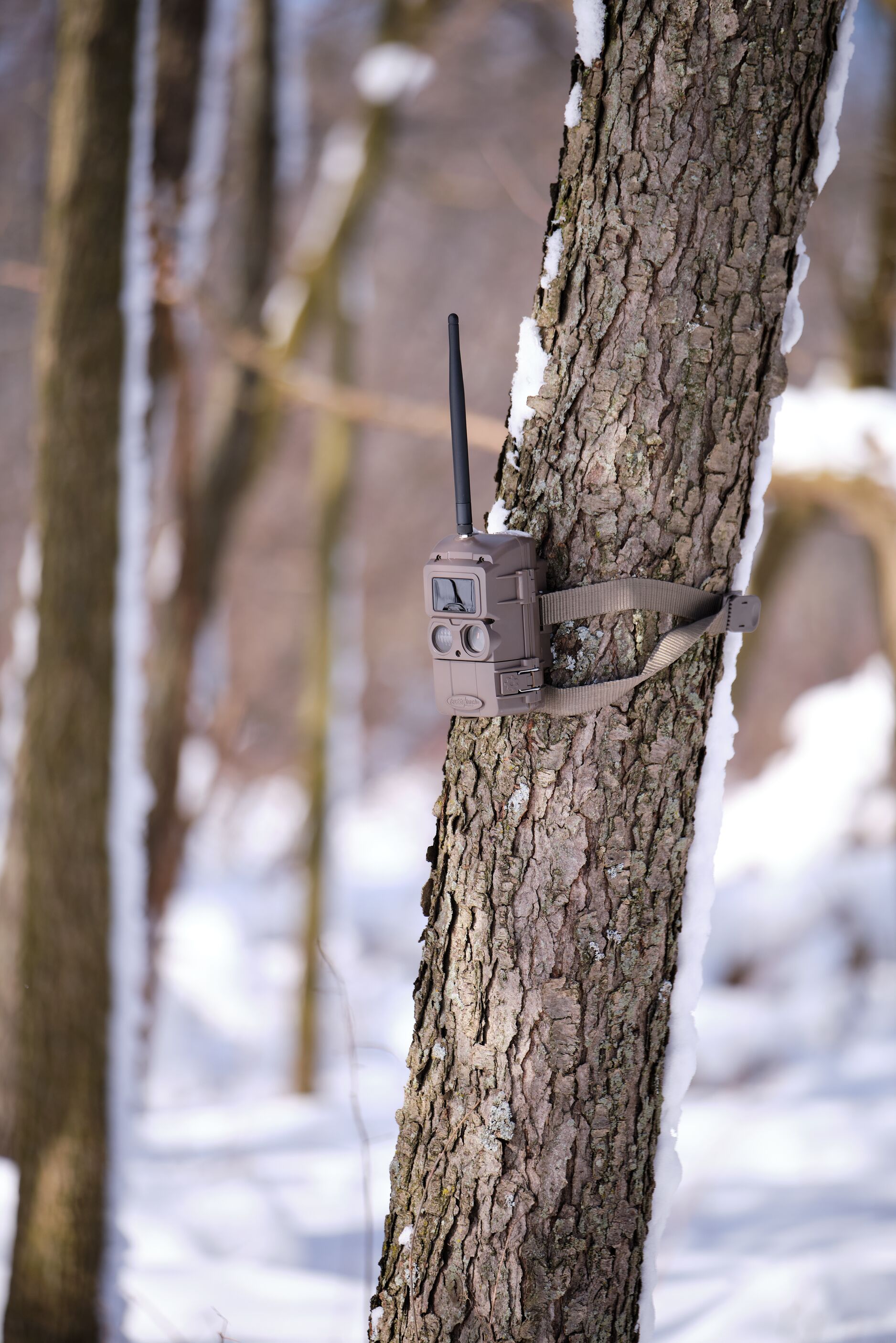
What Are the Primary Features of a Trail Camera?
Trail cameras have several crucial components that make it possible for you to capture images of those big bucks or turkeys.
These features include:
- Motion sensors: The PIR is incredibly sensitive to changes in temperature, especially movement – it triggers when a living creature passes in front of it.
- Infrared night vision: Once activated, the inbuilt system will determine whether it is day or night through the camera or the lux meter. If at night, this will trigger the night illumination system using infrared.
- Weather resistance: Trail cameras are built to be durable and designed to withstand rain and snow through sealed compartments, tight latching, and the use of high-quality plastics or metals.
- Memory storage: The imagery storage will depend on storage capacity, card size, and your ability to change the card.
A quality trail cam helps you monitor animal movement and behavior during the off-season to plan a better hunt when the season opens.
What Makes a Cellular Trail Camera Different than a Traditional Cam?
A cellular trail camera has built-in cellular technology, meaning you can receive videos and images directly from your phone or electronic device. This eliminates the need to physically retrieve or replace the SD card and further reduces the human impact on the natural environment.
Some models allow you to change the setting remotely via your phone.
Wireless cameras are considered the more expensive option, as you must pay for a cellular network plan, which can increase in price depending on the number and quality of your cameras. However, they can be worth the expense when you get real-time alerts about animal movement and eliminate the need to make multiple trips to your cameras to retrieve SD cards.

How Cellular Trail Cameras Work
The cellular trail camera uses a three-step process to deliver the images to your chosen device.
- Detection: As described above, sensors detect movement in the camera's field of view based on temperature changes. The camera captures an image or video of the detected movement.
- Transmission: The captured media is sent via the cellular network. This is facilitated by a SIM card similar to a cell phone that connects to a data provider requiring a cellular signal to transmit the data.
- Receiving the data: This feature provides the thrill of real-time access to images or videos sent to a specified email, cloud storage, or mobile app.
Hunters and wildlife enthusiasts can stay engaged and connected, receiving real-time updates and remotely monitoring activity in the area.
The Benefits of Cellular Trail Cameras
While a more expensive option, many hunters will opt for a cellular trail camera for the various benefits it offers, including:
Real-Time Monitoring
Immediate updates and alerts allow you to track animal patterns and behavior promptly. This will enable you to create a more accurate hunting plan, especially if the updates are close to your chosen hunting date.
Some government departments have even established a range of trail cameras for hunters and wildlife enthusiasts to explore the natural environment.
Reduced Disturbance
Images and video can be viewed from the comfort of your home, meaning there's far less chance of disrupting the woods by leaving your scent all over and spooking wildlife. Animals feel more confident continuing their routines with fewer human disruptions.
Convenience
Images can be accessed from anywhere, meaning you spend less time retrieving the SD card. Instead, you can spend more time planning your next big hunt with up-to-date insights.
Security
Cellular trail cameras can also serve as security devices showcasing incidences of trespassing or unauthorized activity (mainly if occurring on private land). Protect your food plots or feeders with a wireless cam keeping watch.

Setting Up a Cellular Trail Camera
After choosing a trail cam, it's time to set it up!
To get started, always read the manufacturer's instructions and check out some online resources, such as video content, to maximize the device's usage.
Use the following tips to increase your chances of snapping quality photos of game in your area.
Choose the Right Locations
While placement will differ somewhat based on your intended target species, you'll have the highest chance of success placing your camera or cameras near food sources, natural passageways, water sources, scrapes, or animal signs that you have previously spotted.
If you have a spot planned for your tree stand, set up a camera with a view from that location to determine whether it is a solid location.
Choose the Best Settings
Something that's not often thought about but is essential is the angling of the camera to ensure it's away from the shine. After placement, adjust the sensitivity, trigger speed, and other settings to suit your needs (this may take some experimentation).
Before heading back home, test the cameras to check connectivity, ensure they function correctly, and capture the areas you want to monitor.

Put Safety First When Using Trail Cameras and Hunting
Receiving those first images of a big game straight from your cellular trail camera is an excitement like no other. While you might be anxious to get your cameras out of the box and set up quickly, make sure you prioritize safety when walking the woods or land and placing cameras – especially if you put a camera high above the ground.
Then, when it's time to hunt that big buck you saw on your camera, make sure you prioritize safety for your day in the field. By taking an approved hunter-education course, you'll have the knowledge and skills to navigate the terrain and other hunters in the area, setting the foundations for a safe and ethical hunting outlook that will serve you for the rest of your hunting life.
Hunter-Ed makes it easy to prepare for your next hunt. Our online courses cover everything you need to know to stay as safe as possible out in the field. So, as you view the images from your cellular trail camera and get excited about your next hunt, make sure you've passed a hunter safety course!
Choose the course for your state and start learning.

